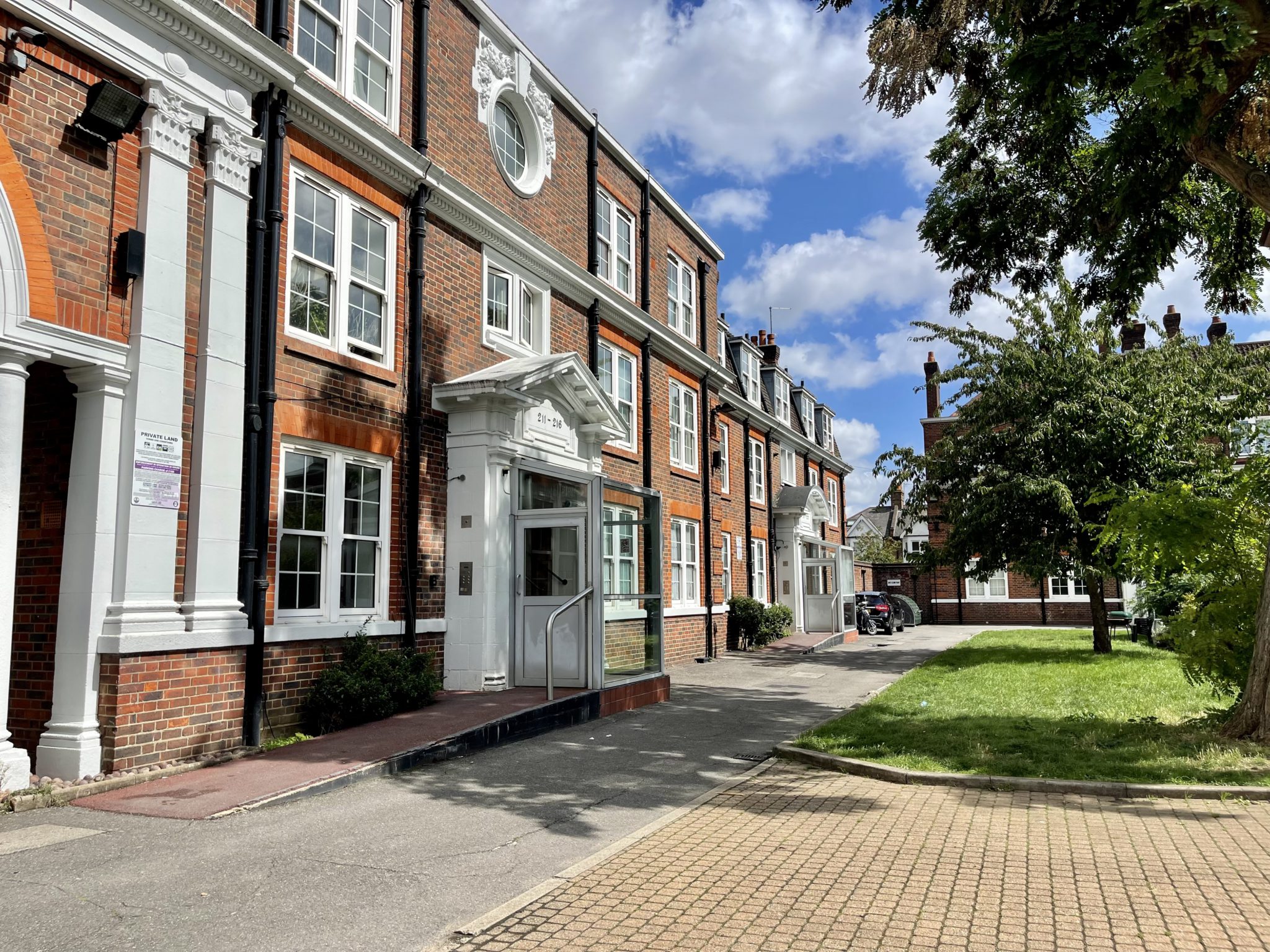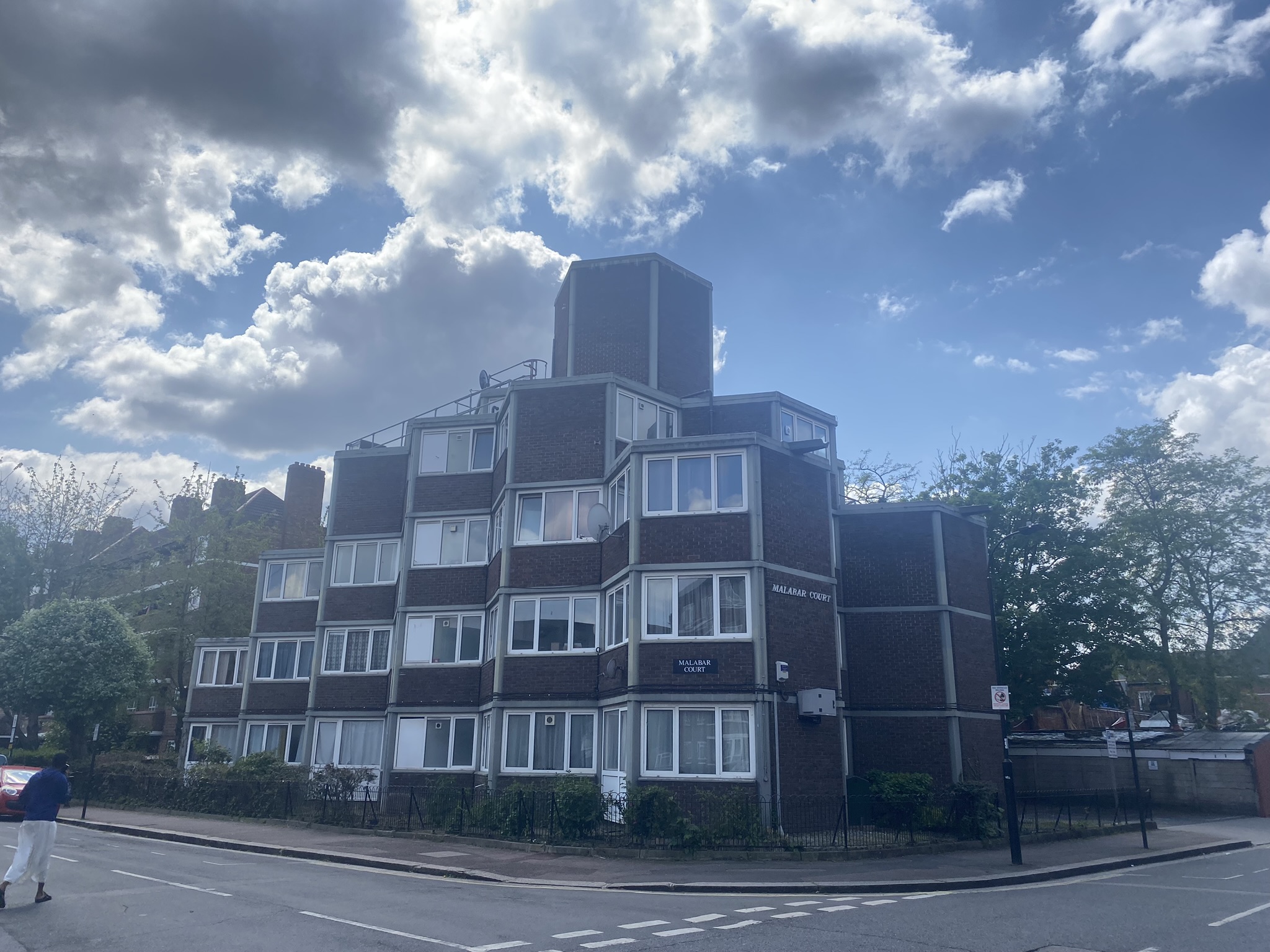
Old Oak to White City: a walk through London’s 20th century social housing
Sat 28 September 2024
11:00 -13:15
This thought-provoking walk between East Acton and White City explores how social housing developed in London in the 20th century, setting standards for the rest of the U.K.
The story begins on the Old Oak Estate where the London County Council (LCC) applied garden city ideas to build charming cottages for working class people before and after World War I.
Next we'll walk through the Wormholt Estate, built by Hammersmith borough council as part of Prime Minister Lloyd George's "homes for heroes" program after World War I, and finally completed by the London County Council (LCC).
Moving on to the1920s and 1930s, we’ll explore Peabody Trust's Cleverly Estate and the LCC's White City Estate, which offered new levels of comfort for tenants in high-quality self-contained flats.
A system-built modernist block, whose hexagonal design is inspired by the Giants' Causeway, brings us into the 1960s. Finally, our last stop takes us into the 1970s with the low-rise Wood Lane Estate, designed by groundbreaking architects Darbourne & Darke.
In less than three miles we’ll see an incredible range of architectural styles and layouts that reflect the many challenges that continue to face social housing provision in London to this day. We’ll find out how successive generations dealt with marrying the roles of the public and private sectors, while trying to deliver affordable, good, quality homes for the many people that rely on them.

General Info
Venue / Location
East Acton Underground Station More Info
London
W12 0BP
view map
Organiser